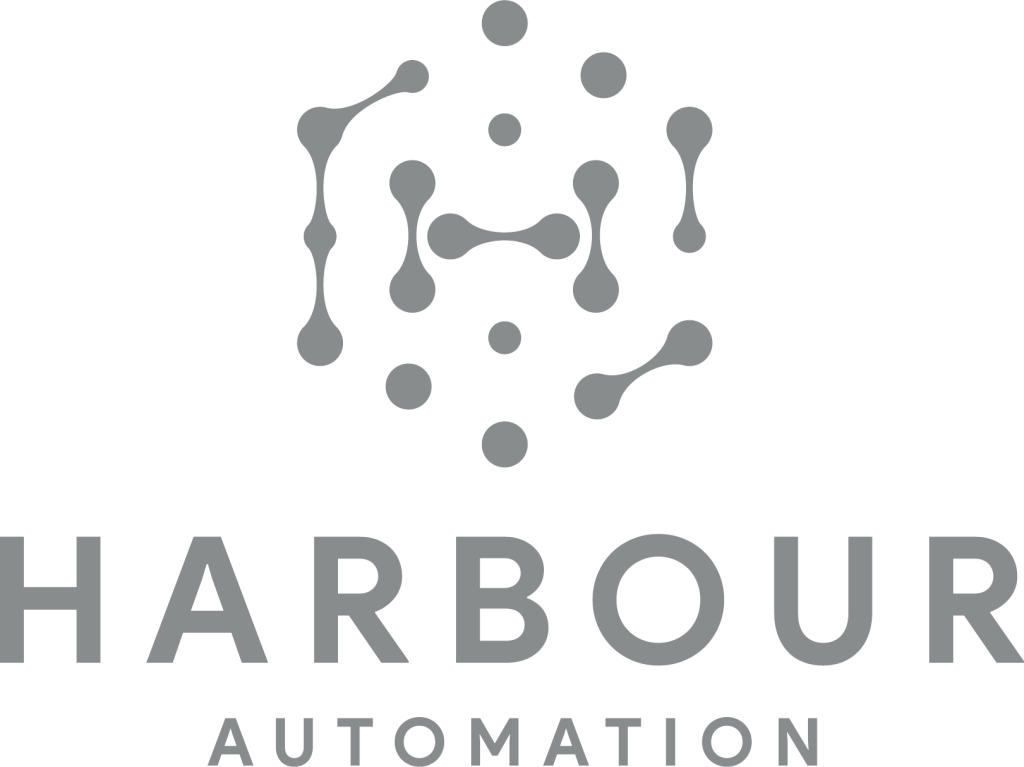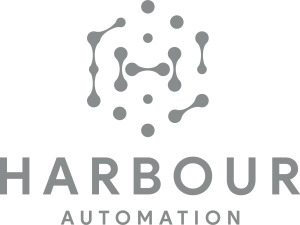Understanding Smart Home System Psychology
Introduction: Technical excellence alone does not guarantee smart home success. The most sophisticated automation systems can become sources of frustration when human factors are overlooked, whilst thoughtfully designed systems with modest technical capabilities often exceed user expectations. This analysis examines the psychological and social dynamics that determine whether smart home automation enhances or complicates daily life.
User Adoption Psychology
Cognitive Load and Interface Design:
Mental Model Compatibility: Successful smart home interfaces work with natural human thinking patterns rather than requiring users to adapt to technology constraints.
Intuitive Operation Principles:
- Familiar Metaphors: Controls that mirror real-world interactions people already understand
- Consistent Behaviour: Predictable responses that build user confidence over time
- Logical Grouping: Related functions organised in ways that match user mental models
- Visual Clarity: Interface elements that clearly communicate their purpose and current state
Complexity Management Strategies:
- Progressive Disclosure: Advanced features available but not overwhelming casual users
- Contextual Assistance: Help and guidance appearing when needed without constant presence
- Error Prevention: Design that makes mistakes difficult while making corrections easy
- Graceful Degradation: Systems that continue basic operation even when problems occur
Family Dynamics and Multi-User Considerations:
Household Hierarchy and Control:
Authority and Access Management: Different family members require different levels of system access and control:
- Primary Users: Full system control and configuration capabilities
- Secondary Users: Access to daily functions without system-changing abilities
- Children: Appropriate controls for age and responsibility levels
-
Guests: Limited access to essential functions without compromising privacy or security
Accommodation of Different Technical Comfort Levels:
- Technology Enthusiasts: Advanced features and customisation options available
- Practical Users: Simple, reliable access to frequently needed functions
- Reluctant Users: Minimal interface complexity with maximum functionality
- Accessibility Requirements: Alternative control methods for users with different physical capabilities
Lifestyle Integration Factors:
Routine Enhancement vs. Disruption:
Supporting Existing Patterns: Successful automation enhances established household routines rather than forcing new behaviours:
- Morning Routines: Systems that support getting ready efficiently without requiring new steps
- Evening Patterns: Automation that helps families wind down without technology focus
- Social Situations: Entertainment and ambiance controls that enhance gatherings without drawing attention
-
Maintenance Activities: Background operations that handle housekeeping without requiring user intervention
Adaptation Period Management:
- Gradual Introduction: Implementing features progressively to allow comfortable adaptation
- Training and Support: Ensuring all users feel confident with basic operations
- Customisation Opportunities: Allowing personal preferences in interface and automation behaviour
- Feedback Collection: Understanding user satisfaction and addressing concerns proactively
Emotional and Psychological Impact:
Sense of Control vs. Automation:
Balancing Convenience and Agency: Users need to feel empowered by automation rather than controlled by it:
- Override Capabilities: Always providing manual control options for automated functions
- Transparency: Clear understanding of what systems are doing and why
- Personalisation: Customisation options that reflect individual preferences and habits
- Reliability: Consistent operation that builds trust rather than uncertainty
Privacy and Security Comfort:
- Data Control: Clear understanding of what information is collected and how it's used
- Local Processing: Options for keeping sensitive data within the home network
- Access Transparency: Visibility into who can control systems and when
- Security Updates: Regular improvements that enhance protection without complicating operation
Design for Long-Term Success:
Evolution and Adaptation Capabilities:
Changing Household Needs: Smart home systems must accommodate life changes:
- Family Growth: Adding users and modifying access levels as families expand
- Aging in Place: Accessibility features that support changing physical capabilities
- Lifestyle Changes: Modifications supporting altered work patterns or retirement
- Technology Comfort Evolution: Interfaces that can become more sophisticated as users gain experience
Learning and Improvement Systems:
- Behaviour Pattern Recognition: Systems that adapt to user preferences automatically
- Predictive Automation: Intelligent responses that anticipate needs without being intrusive
- Efficiency Optimisation: Continuous improvement in energy usage and system performance
- User Feedback Integration: Regular assessment and adjustment based on actual usage patterns
Common Failure Patterns and Prevention:
Technology-First vs. Human-First Design:
Avoiding Common Pitfalls:
- Feature Overload: Including capabilities that impressive but rarely used
- Complex Programming: Requiring technical knowledge for basic customisation
- Unreliable Operation: Inconsistent performance undermining user confidence
- Poor Documentation: Inadequate guidance for troubleshooting and optimisation
Success Measurement Beyond Technical Metrics:
- Daily Usage Patterns: Monitoring which features are actually used regularly
- Problem Resolution Speed: How quickly users can address issues independently
- Family Satisfaction: Overall household happiness with automation integration
- Long-Term Engagement: Continued use and appreciation over months and years
Building User-Centric Systems:
Human-Centered Design Process:
User Research and Requirements:
- Lifestyle Assessment: Understanding daily routines and priorities before designing automation
- Technology Comfort Evaluation: Matching interface complexity to user capabilities
- Long-Term Vision Discussion: Planning for anticipated life changes and evolving needs
- Success Criteria Definition: Establishing measurable goals for system performance and satisfaction
Implementation Strategies:
- Phased Rollout: Introducing automation gradually to allow comfortable adaptation
- Training Programs: Ensuring all users feel confident with system operation
- Ongoing Support: Providing assistance as needs evolve and questions arise
- Regular Assessment: Periodic review of system performance and user satisfaction
Conclusion: Smart home technology succeeds when it seamlessly integrates with human psychology and household dynamics. Understanding the emotional, cognitive, and social factors that influence user experience enables the design of automation systems that truly enhance daily life rather than complicating it.
For consultation on designing smart home systems that work with your family's unique dynamics and preferences, contact our user experience specialists.

Looking to get in touch?
Fill in your name, phone number, email address and the service you require, and our team will be in touch.
Or call us during office hours on 01202 761 111
CONTACT US
T: (0)1202 761 111
General enquiries
Marketing
marketing@harbourautomation.co.uk
Design
design@harbourautomation.co.uk
Tech support & customer service
service@harbourautomation.co.uk
Accounts Department
accounts@harbourautomation.co.uk
Head Office & Experience Centre
Harbour Automation Limited
Unit 19, Slader Business Park, Witney Rd
Nuffield Industrial Estate
Poole, BH17 0GP
Award winning business
Best Media Room under £50K 2022
Stay Updated
Follow us on Instagram for updates on the work we are currently undertaking.


